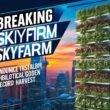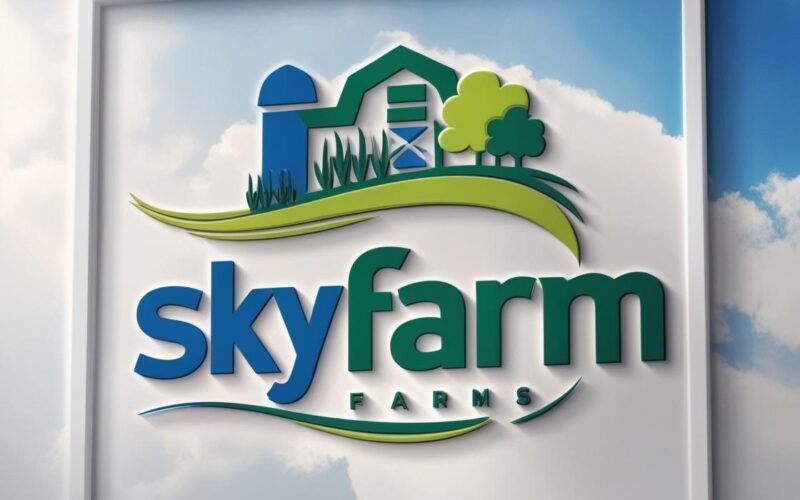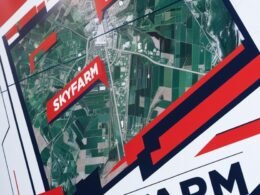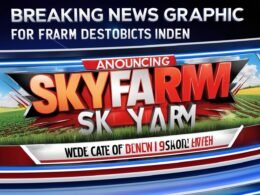PART TWO: MEDIUM-TERM
Geswani valued trees a lot. He would not cut all the trees on his farm. The standing trees served as shelter from rain and sunshine, spots for cooking, dehusking, shelling, and other off-farm activities. Some trees were trimmed to support the weak stems of some food crops, such as yam and sword beans.
That was traditional agroforestry. Alternatively, a farmer could plant specific multi-purpose tree species. One would, therefore, expect Geswani to choose fruit, timber, fodder, or some flamboyant flower-bearing trees for his rolling ten-year plans. Instead, he chose the less fancied pineapple and the geographic origin economic crop, the oil palm.
These crops meant a lot to Geswani, philosophically. Once planted and it becomes established, the pineapple plant does not succumb to drought. Geswani prayed for his descendants to be like that. Simple and short. He would not have addressed the resilience of pineapple more succinctly and poetically, thus:
“Pineapple I planted
Here’s drought, here’s pineapple
Pineapple I planted
Here’s drought, here’s pineapple
Grandchild, a child
Grandchild, a child
Child ko ko ko ko”
The oil palm has been the local economic backbone of Dzodze traditional area. Indeed, the popular cooking oil, dzodzemi, shortened to dzomi is a product of the plant. Other products include palm oil, palm kernel oil, and palm wine, further distilled into liquor. Baskets, mats, brooms, mushrooms, potash, fuelwood, and other by-products are also of economic value.
Like most crops, oil palm does well on rich soils with adequate rainfall and sunshine. Beyond the soil and other growing conditions, Geswani had observed and reflected on something peculiar to oil palm. That is: “The oil palm yields best on past yam fields.” One would attribute the greater oil palm yield to enriched nitrogen in the soil if yam were a legume. Geswani was quick to spot the reason and went forth to relate it to human life.
Yam cultivation entails the removal of stumps and roots, followed by heaping the soil to house the tubers till maturity. This process of mound preparation loosens the soil, improves air and water penetration, and increases the activities of living organisms in the soil. Breaking the mounds at harvest further improves the soil structure.
Geswani would transplant oil palm seedlings onto the yam field before and after harvesting the yam. The oil palm did well to prove that hard work and diligence pay at all times. That is why he said in the drum language:
“Palm on yam field is real palm.
The palm on the yam field is a real palm.
The palm on the yam field is a real palm.
Dark-green forest produces no big bunch of fruits.
Dark-green forest produces no big bunch of fruits
Palm on yam field is a real palm
Palm on yam field is real yam”
He compared rich soil on lush vegetation to talent, as talent was just a latent skill. Without practice, a talented artist, artiste, athlete, or artisan cannot perform to satisfaction.
As part of the medium-term plan, Geswani reared animals. No one in his locality boasted of local chicken because the gallinaceous bird was a common denominator. Everybody reared fowl. In addition, he looked after a few sheep and goats as people cherished the male of these small ruminants for traditional sacrifices and annual festivities.
Yet still, Geswani was considered to have had luck rearing ducks because ducks bred well under his care. He knew privately that ducks suffered less predation compared with chickens. In a modern-day business sense, duck rearing was a safe investment.
Timeless clean perfume









